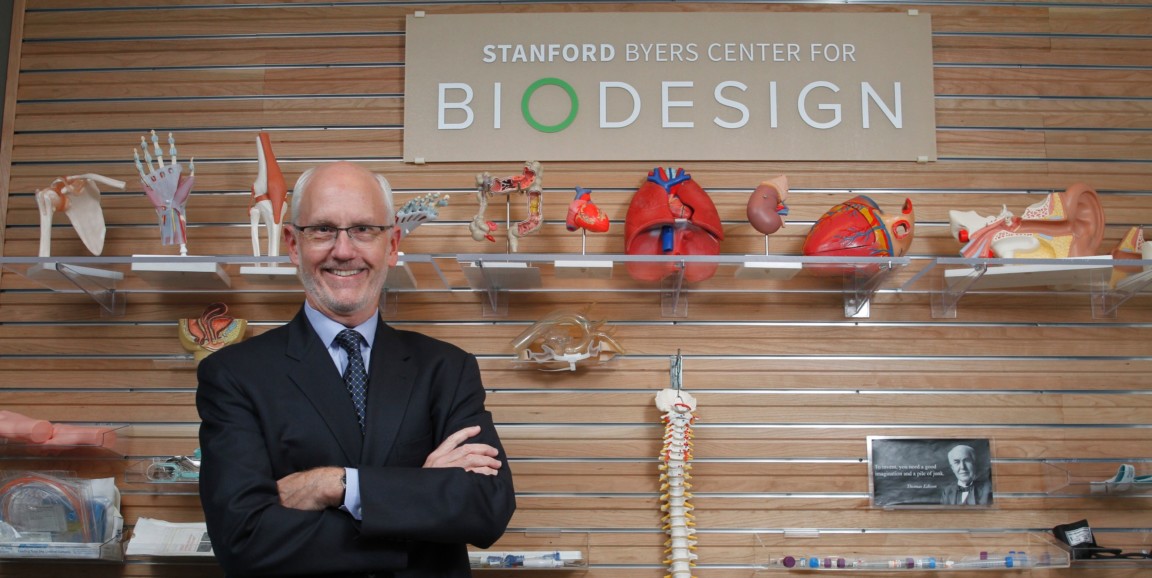Digital health promises to revolutionize health care by changing the focus from sick care to prevention, optimizing disease treatment, empowering individuals to access and utilize their own health information, and improving existing health care practices across the board. However, success in the red-hot digital health space is far from certain.
Historically, developing medical devices and diagnostics that improve care and then getting them to the bedside has been a long and painstaking process. Part of the reason is health care's inherent complexity. Unlike with consumer goods, health care has a complicated landscape of stakeholders, from doctors and patients to regulators and insurers - all of whom have a say in whether a new technology is adopted into patient care.
Technology companies, on the other hand, tend to prefer a "move fast and break things" model, rushing an early product to market and then iterating it based on consumer response. So what happens when health care and technology meet on the playing field of digital health?
According to Paul Yock, MD, founder of the Stanford Byers Center for Biodesign, in order to achieve the promise of digital health, innovators need to acknowledge that tech's model can become "move too quickly and break your company." In a recent article in Fast Company, he explains:
For example, many founders coming from tech are focused on building and marketing products to consumers. They don't realize until well into their company's development that doctors and insurers are actually the gatekeepers and customers to whom they should be selling their products. This is why 61% of digital health companies that start B2C end up pivoting to B2B and selling to insurance companies, employers, hospitals, or other healthcare providers.
A better approach, says Yock, is needs-driven innovation:
Rather than leaping to invent a technology (like a sleep monitor) and then searching for a challenge it can be used to address (promoting more restful sleep), one starts by deeply understanding an important problem in healthcare and then designs a technology that is uniquely suited to solve it.
In the piece, Yock goes on to discuss how need-driven innovation works and the Stanford Biodesign-originated companies that have used it successfully to change the health care paradigm. To date, 48 medical device and digital health companies have originated from projects undertaken in Biodesign's fellowships and classes.
Photo of Paul Yock by Paul Sakuma




